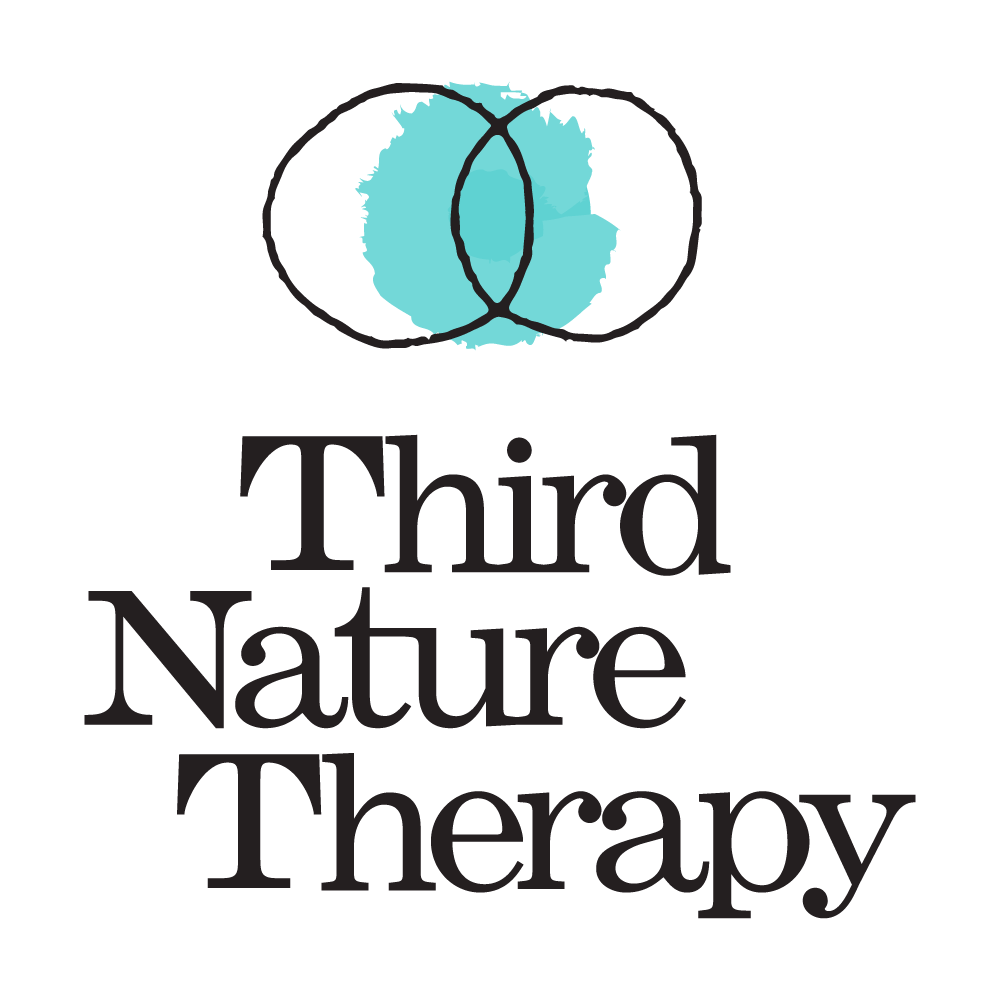Understanding White Racial Identity
Our social media feeds are filled with black boxes. Our inboxes are flooded with messages from corporations committing to support the Black Lives Matter movement. Our grandparents are calling to make sure we’re not at the protest and getting COVID-19, but maybe also suggesting we should go to the protest because if they were young they would probably go.
The world seems like it’s changing at unprecedented speeds. Yet, the understanding of one’s own racial identity is not a new field. In fact, in the world of clinical psychology, it’s pretty well studied and fits right into modern times.
One theory that I find easy (it’s certainly not easy to truly recognize our own racial identity) to understand was developed by Derald Wing Sue & David Sue in 1998, professors at Columbia University, and Western Washington University. In an effort to better understand our current times, I’ve greatly condensed the theory below.
Read on and see what stage you and the collective society may be in.
Sue & Sue Model Of White Racial Identity (1998)
People move from stage to stage; life is not linear. Racism and understanding our racial identities in America is not new. This theory was developed long before the 2016 election, yet it reads like it was written for the Instagram feeds of 2020.
Stage I — Conformity
At this stage, a person has little knowledge of other racial groups besides overgeneralized, stereotypical images. They may say things like “I’m not racist” or “I don’t see color.” They connect with their white community and feel like racism is a thing of the past.
Looks like: Why does everything have to be about race? There used to be segregation; things are nowhere near as bad now! I have black friends!
Stage II — Dissonance
During dissonance, a person may experience or read about racism for the first time and really get it. They may witness a racist event in their community or be confronted with their own racism in a new way. Feelings of guilt, shame, depression, and anger arise. There’s a lack of direction, nowhere to point these new feelings.
One can often retreat to conformity or move forward to stage three. This depends on a combination of personality traits and social forces.*
*I’m hopeful that, because the social forces are so large at the moment, many people will continue to move to stage III. Society is primed to support each other at the moment.
Looks like: I cannot believe that video of George Floyd.
Stage III - Resistance and Immersion
Here, people begin to consider the realities of ongoing white racism and start to understand how they’ve perpetuated these systems. They begin to understand their white privilege and feel a sense of anger for being misled and a large sense of guilt for not being aware. People can start to operate out of guilt, becoming over-zealous in their non-white identifications. They can over-identify with minority groups to the point of rejecting their own whiteness.
Looks like: Insisting on working in non-white neighborhoods. Idolizing non-white friends. Social Justice Warriors (SJW) can get stuck here.
Stage IV - Introspection
In this fourth stage, people start to strike a balance between their own acceptance of their whiteness and a rejection of their whiteness. They examine what it means to be a person who has benefited from white privilege. They start to acknowledge the systemic racism in the United States truly and further how they’ve benefited from it. Guilt is no longer the driving factor.
Again, feelings of isolation, anger, confusion, and loss are bound to arise. People in stage IV realize they will never fully understand the lived experience of a minority person and at the same time are disconnected from their European American social group.
Looks like: Finishing “The New Jim Crow” with a new sense of real understanding and sadness. Accepting the complexities.
Stage V - Integrative Awareness
At this point, people begin to have a deep understanding of themselves as racial and cultural beings. They continue to recognize racism in society and are able to value diversity in their own lives. They are active and fight multiple forms of oppression.
Looks like: Engaging in conversations with people that may have different viewpoints without losing their cool. Educating their white friends without placing blame.
Conclusion
Examine where you may be along this continuum while knowing that wherever you are is perfectly normal. Know that you are not a bad person for acknowledging your racist tendencies. Share this common language with friends and family that are committed to doing anti-racist work and still share with those that are not.
Your discomfort, confusion, shame, isolation, and empowerment are all welcome. They are normal. They are part of the process and mean you are doing the work. Moving from stage to stage takes actual work, months, even years of time, and a sense of unlearning and relearning. Move slowly so the work you commit to doing lasts.
Do the work. And be kind to yourself and others along the way.

